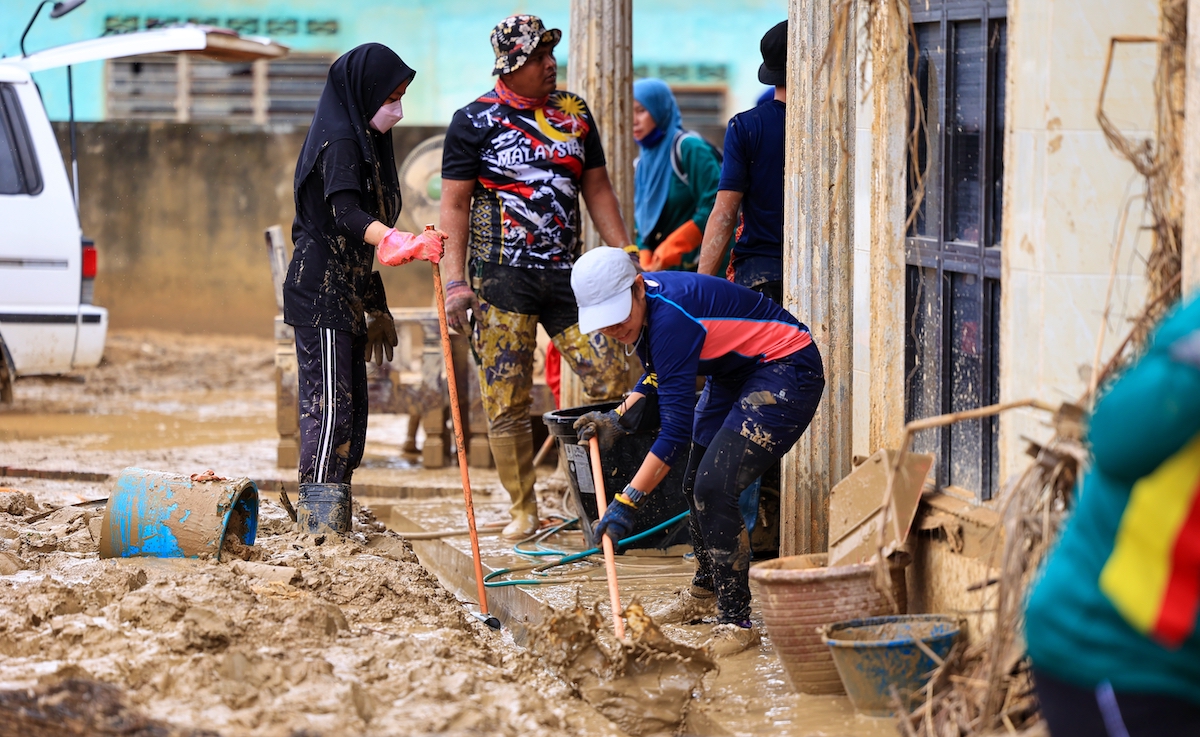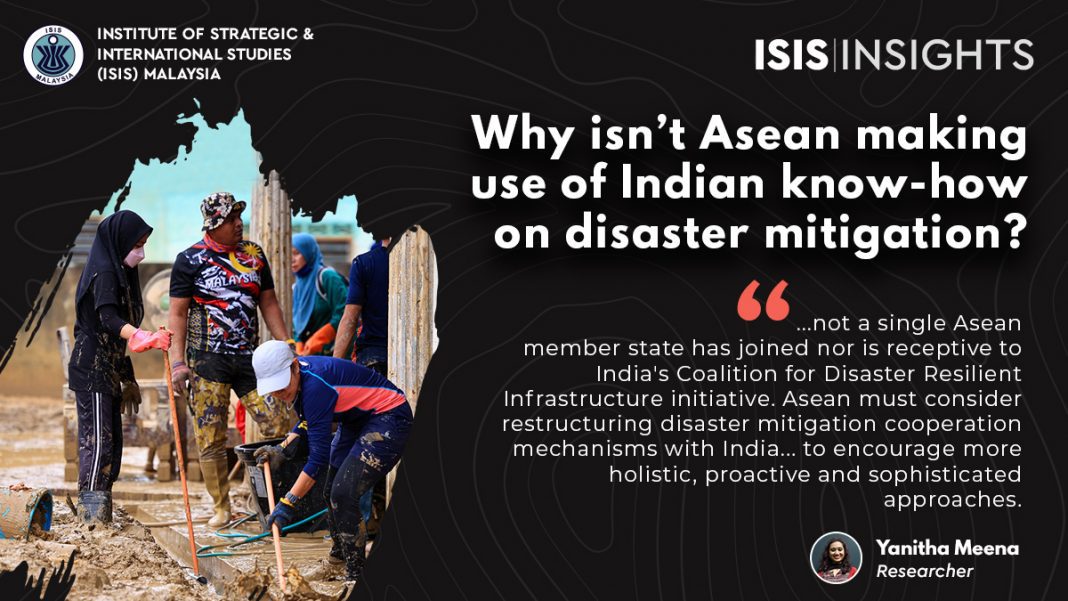New Delhi’s climate-crisis initiative could help region where natural disasters becoming more frequent, vicious.
ON 28 January 1992, India became Asean’s sectoral dialogue partner and in the last 30 years, the partnership has continued to evolve and diversify.
This year is officially designated the “Asean-India Friendship Year”. Asean-India relations have had their highs and lows – such as, achievements in trade and connectivity and lulls because of geopolitical flux.
The relationship has, however, always been resilient and vibrant and consistently produced ideas and initiatives that have benefitted the region. Shared challenges in non-traditional security issues have shaped the Asean-India relations.
India and Asean member states continue to face the devastating effects of climate crisis, with extreme weather conditions and natural disasters. These have led to loss of lives, livelihood, property, resources and racked up economic devastation.
Last year, India faced an earthquake, several cyclones and floods, which led to hundreds of deaths. Asean member state the Philippines faced Super Typhoon Rai in mid-December, which displaced more than 600,000 and killed 375. The typhoon was linked to the massive flash floods in Malaysia, displacing almost 70,000 people. Indonesia also faced a 7.4-magnitude earthquake.
The recent “plan of action (2021-2025)” aims to bring peace, progress and shared prosperity between India and Asean and forms the main means of cooperation for disaster relief, information and communication technology in disaster management and disaster prevention and mitigation.
One of the funding mechanisms of the plan is the Asean-India Green Fund set up in 2010. This fund has supported pilot projects between Asean and India for climate-change mitigation. One example is the project on “enhancing climate-change adaptation in Southeast Asia” in 2015.

Despite such initiatives, a lot more can be achieved in national- and regional-level disaster management and mitigation through the Asean-India partnership. Existing mechanisms that focus on strengthening disaster-mitigation capabilities, such as the Asean Regional Forum, East Asia Summit and Asean Defence Ministers’ Meeting Plus, must explore newer and targeted means of cooperation.
One way is through India’s Coalition for Disaster Resilient Infrastructure (CDRI). Indian Prime Minister Narendra Modi launched CDRI at the United Nations Climate Action Summit in September 2019, which aims to enhance the resilience of infrastructure systems to climate and disaster risks, thereby ensuring sustainable development.
The CDRI also provides technical support and capacity development, research and knowledge management and advocacy and partnerships to facilitate and encourage investment in disaster-resilience infrastructure systems.
The CDRI is a partnership of 28 member countries, UN agencies and programmes, the European Union, multilateral development banks and financing mechanisms, the private sector, and knowledge institutions.
Its key focus areas include governance and policy arrangements to enable the integration of disaster and climate-resilience concepts in all infrastructure creation; identification and estimation of hazard risks to and from infrastructure; standards and certification for infrastructure resilience, capacity-building and innovation; and application of emerging technology.
CDRI also focuses on recovery, rehabilitation and reconstruction post-disaster, risk-financing strategies and community-based approaches to creating and sustaining small- and large-scale infrastructure.
The benefits are obvious but what is perplexing is not a single Asean member state has joined nor receptive to this initiative. Despite only being three years old, the CDRI has already undertaken several projects, notably a global study on disaster resilience of airports.
Asean must consider restructuring existing cooperation mechanisms on disaster mitigation with India by engaging with the CDRI. This would encourage more holistic, proactive and sophisticated approaches to disaster mitigation. The presence of senior officials from Malaysia and Indonesia in the CDRI Roundtable last year is the first step.
As Asean and India mark three decades of dialogue relations, it is an opportunity for member states to seize on the partnership for disaster management and mitigation and pave the way for cooperation and collective wellbeing.





